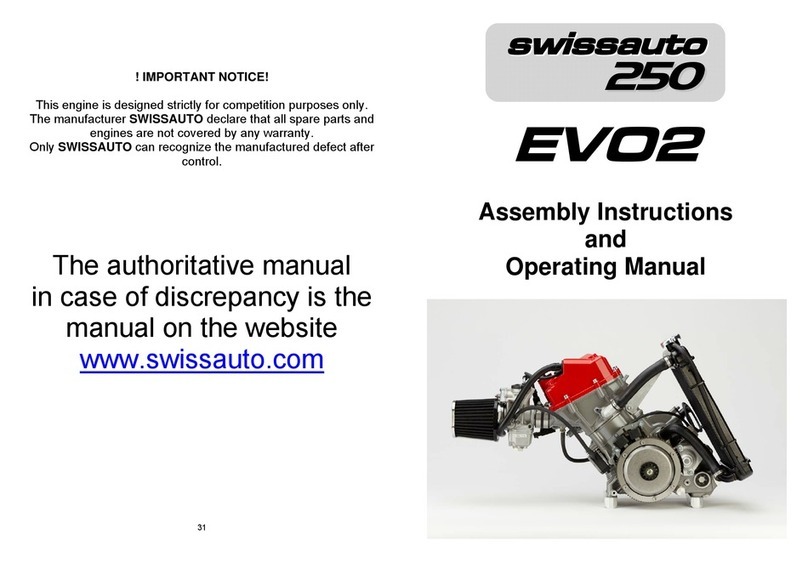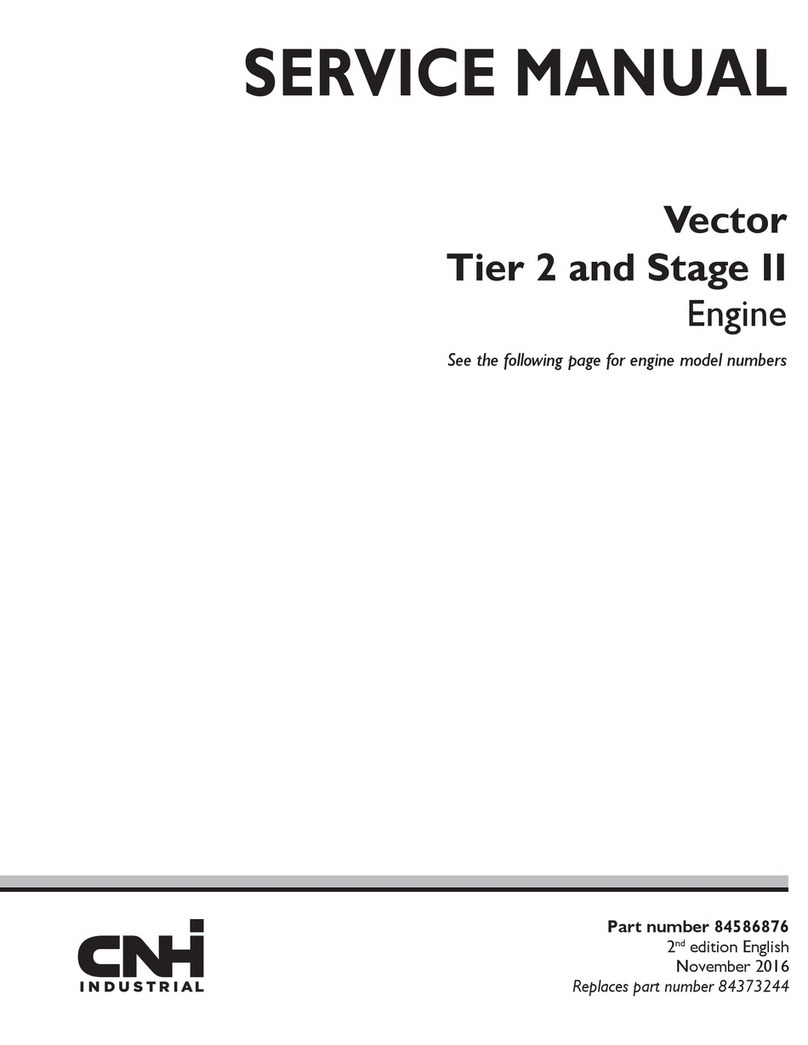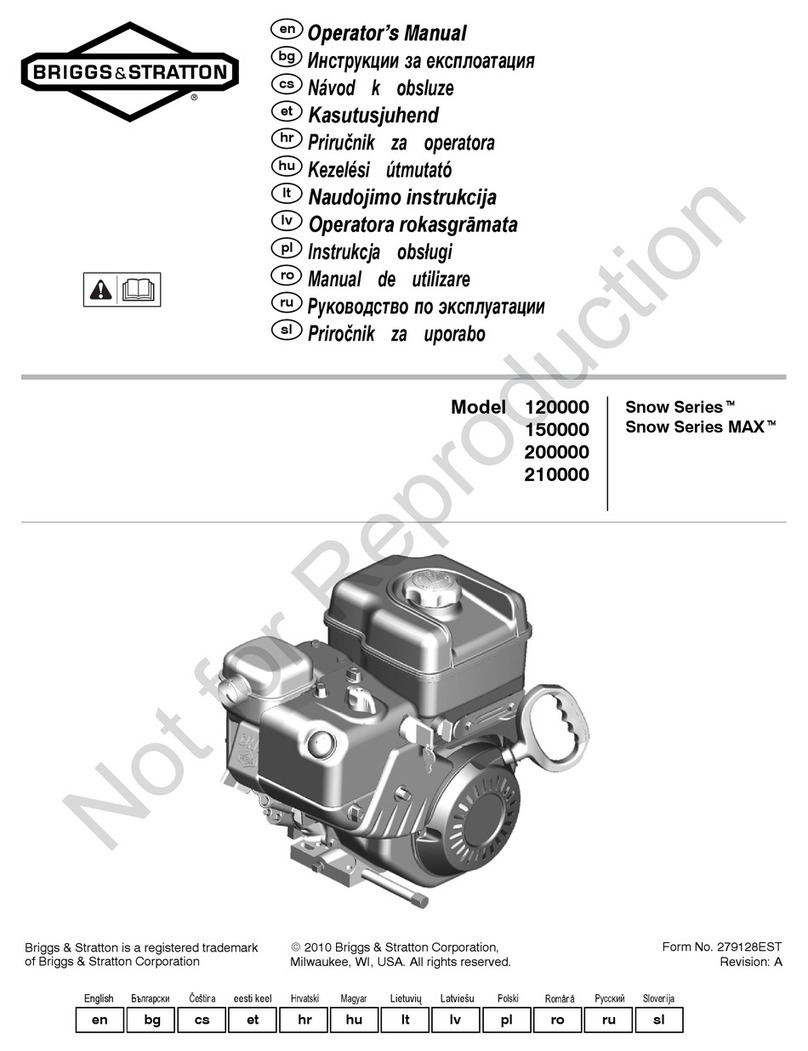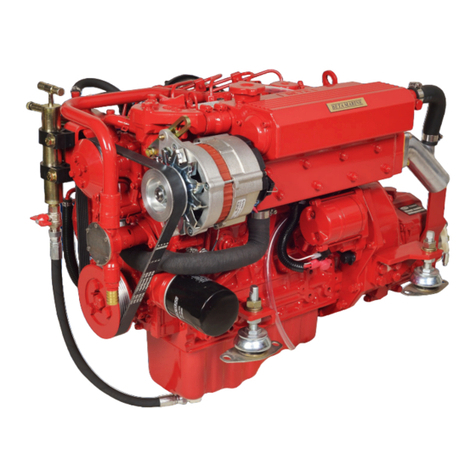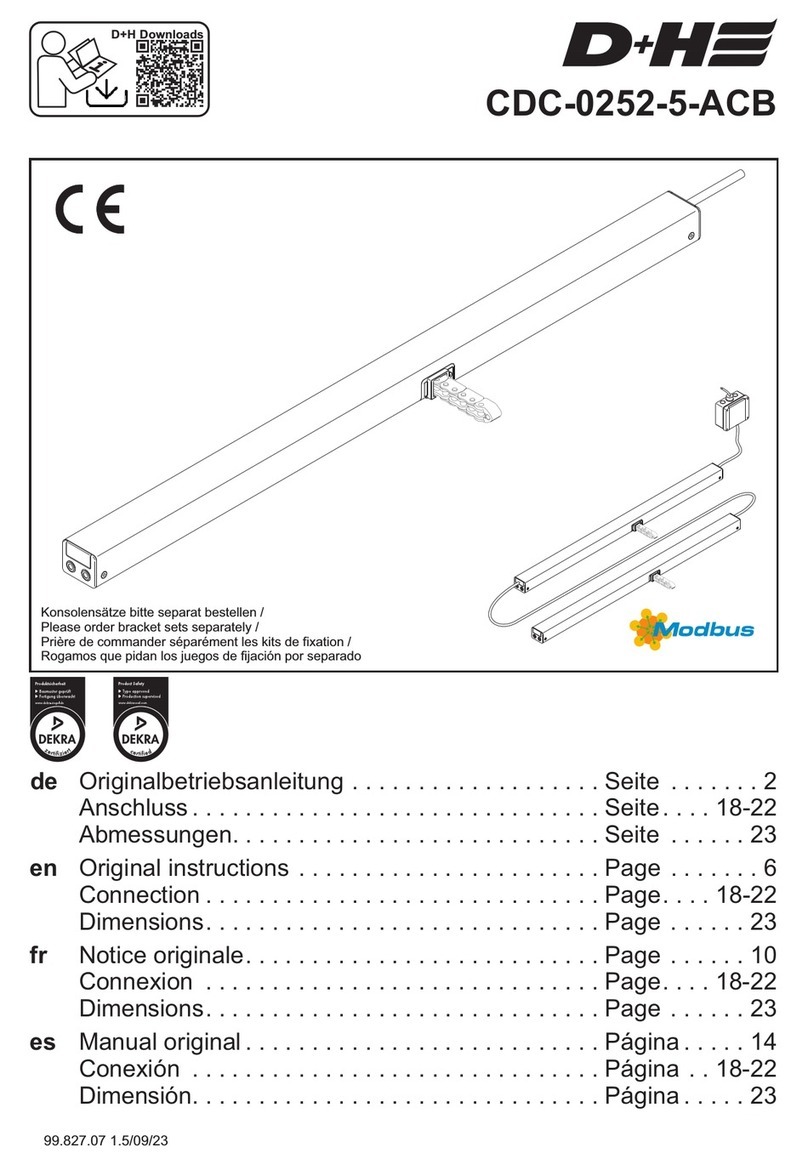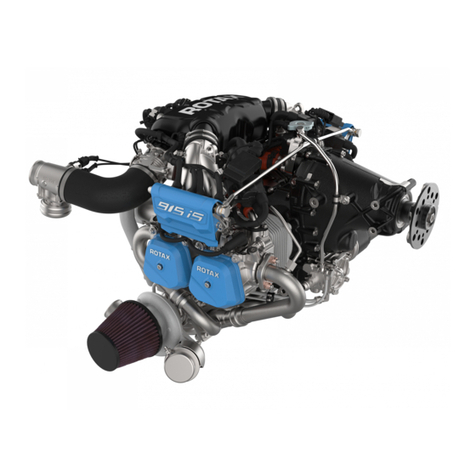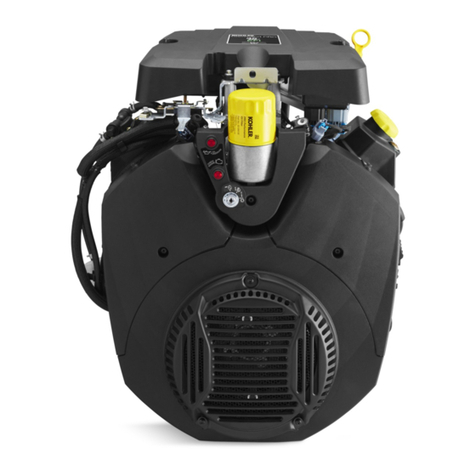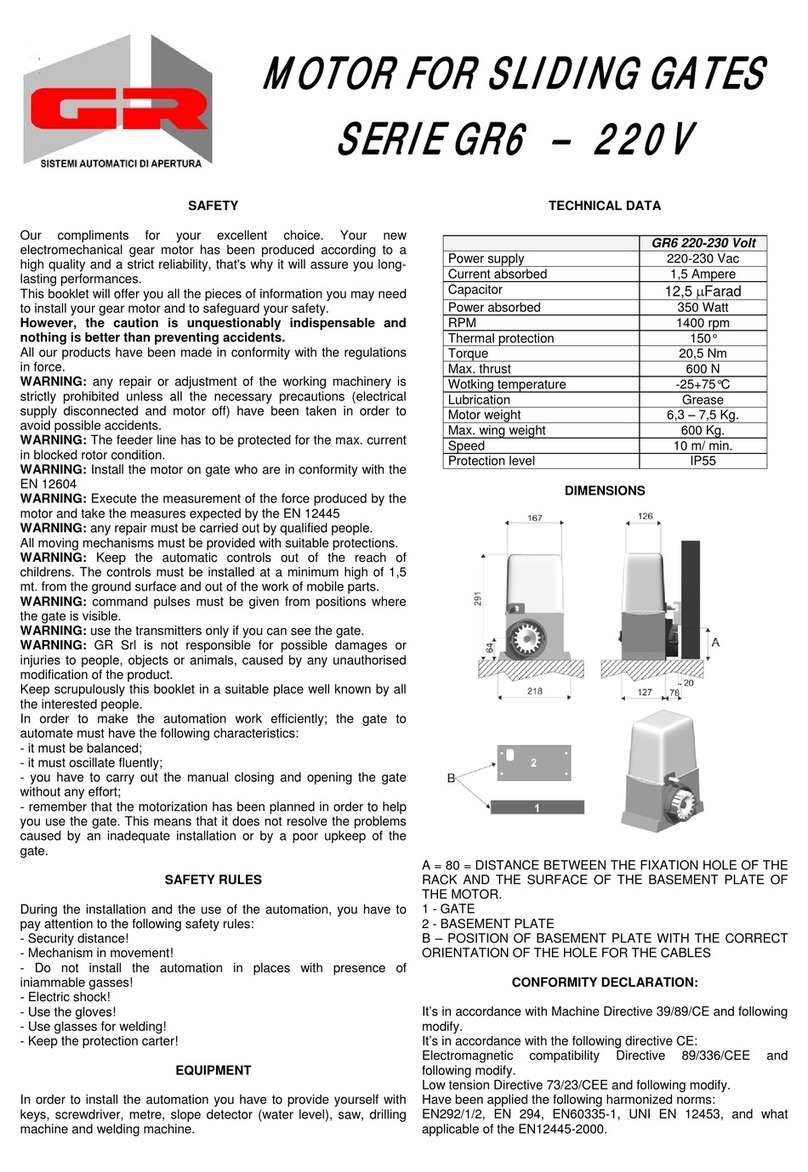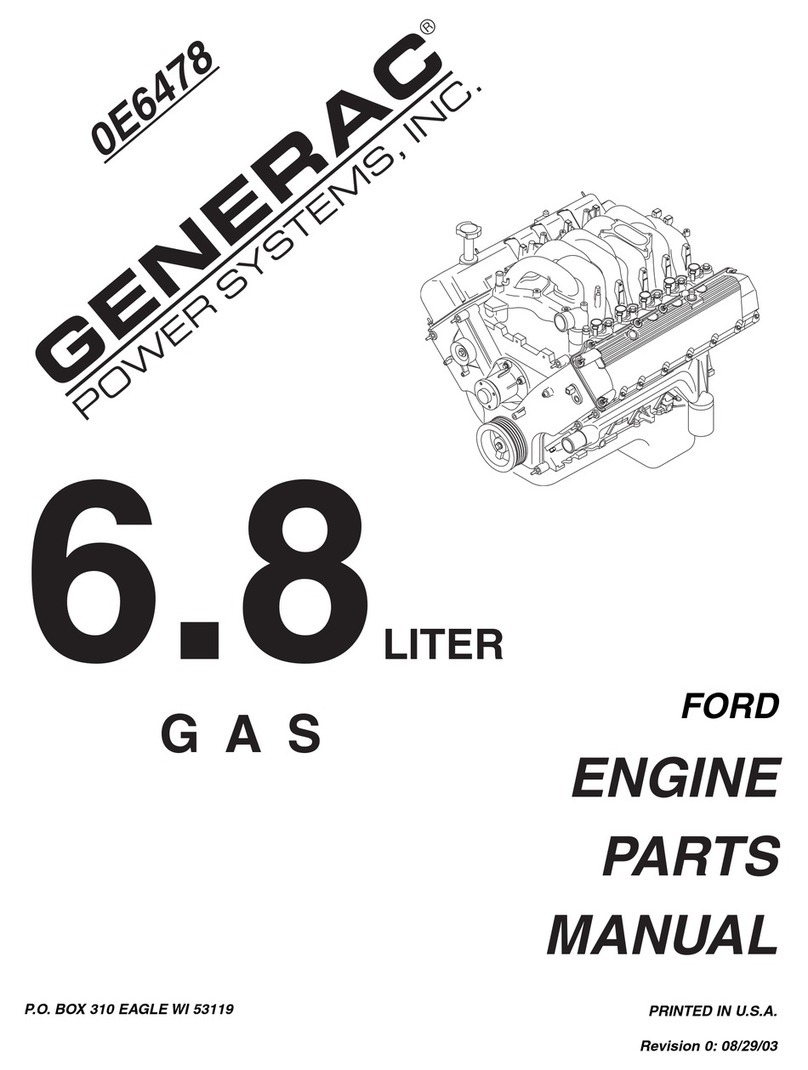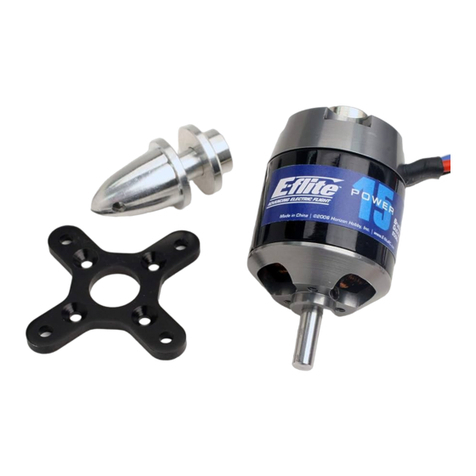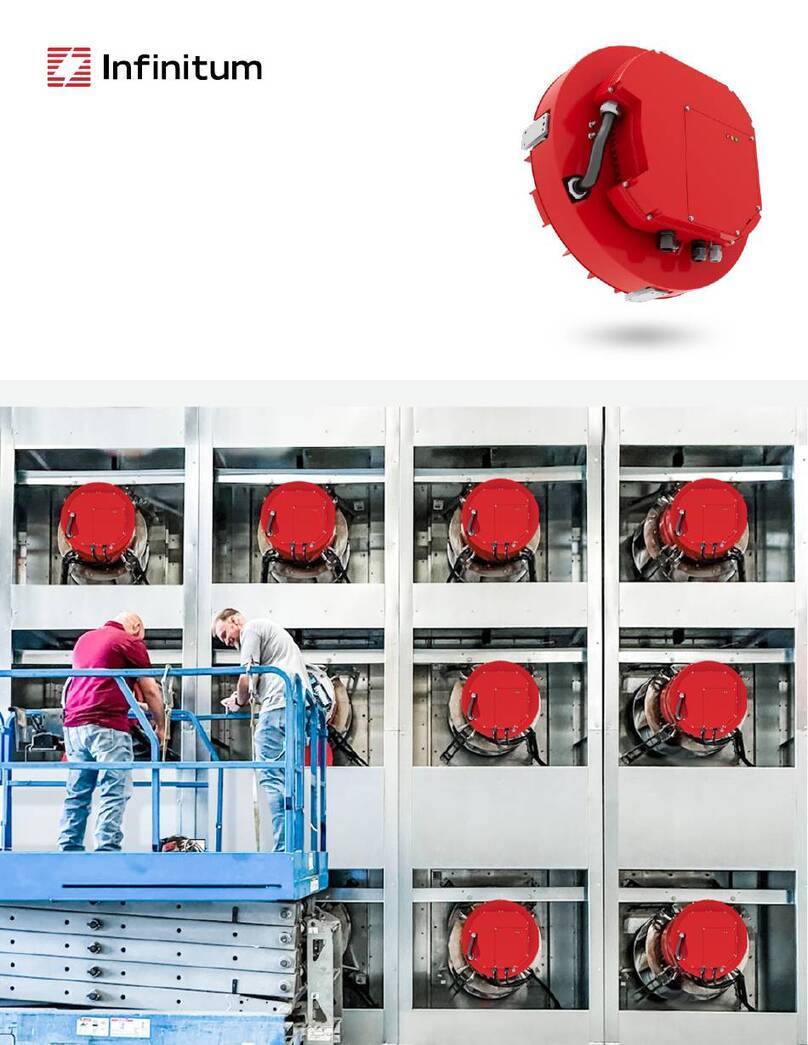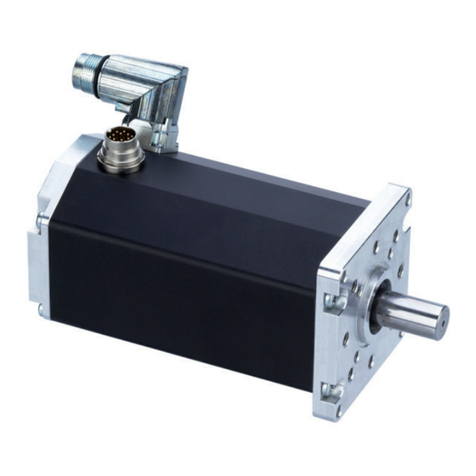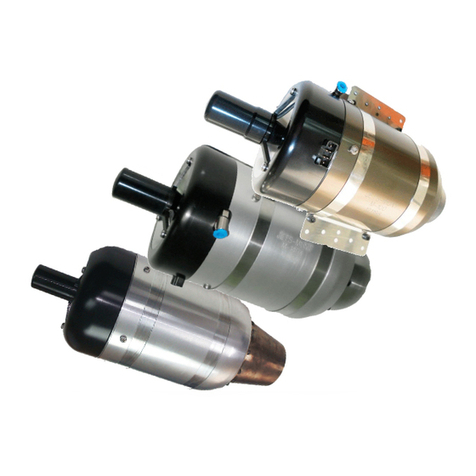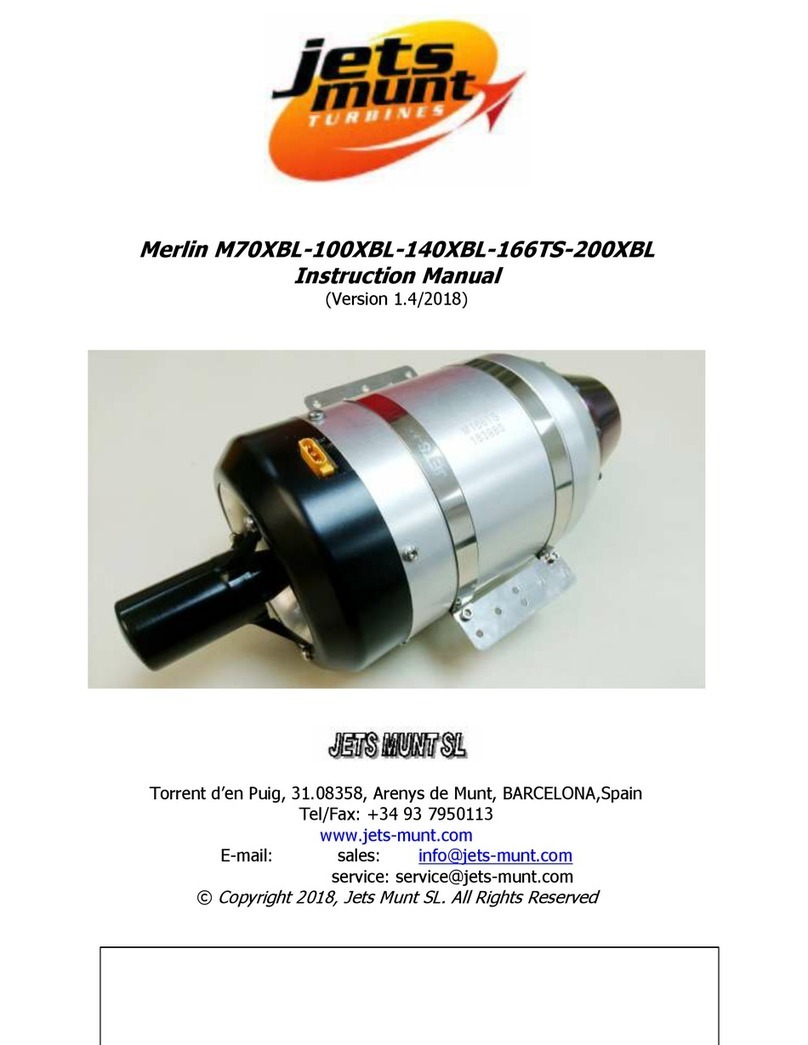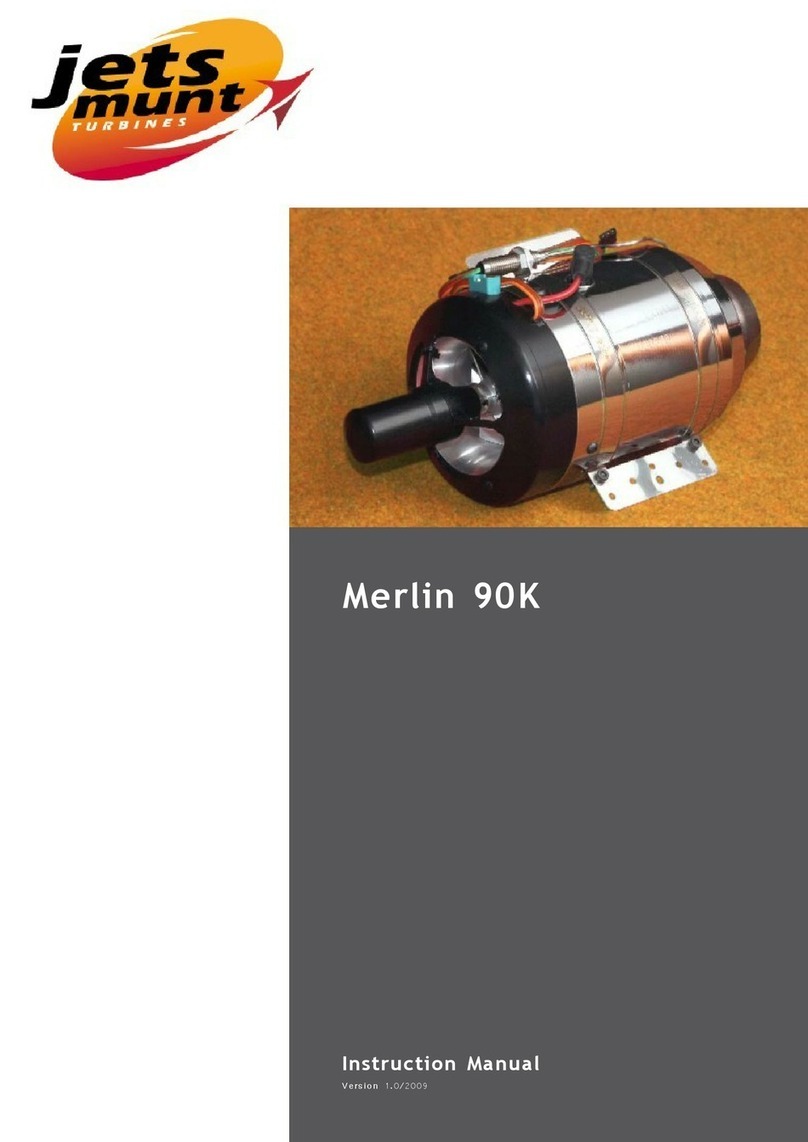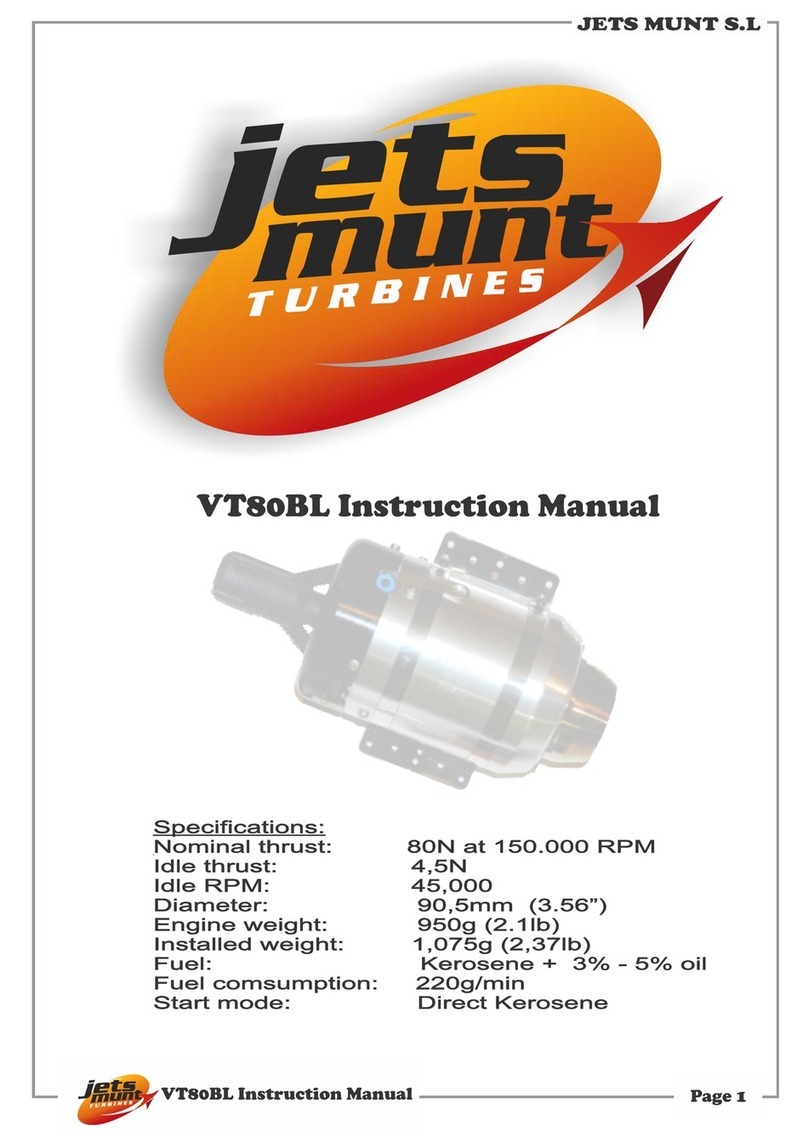
mode does not pose any safety hazard besides the fact that the engine can be started
inadvertently if the start procedure is executed in the transmitter after the flight.
·Autorestart: In particular case of a fuel bubble that momentarily stops the combustion, the
ecu will detect this condition by monitoring the rpm, temperature and pump power, and then
the ecu triggers the auto restart sequence. This sequence is done with the engine hot, so the
power is restored quickly. This restarting function can help save the plane in few limited
circumstances, but it can also greatly increase the risk of fire, so before to enable this function,
please read and understand the following:
What does the auto-restart function does:
It automatically tries to restart the engine quickly and restore the power setting that is being
asked by the transmitter.
To trigger this function, the ecu checks:
-The radio signal is valid, no failsafe condition.
-The readings of the RPM are consistent with a flameout condition (the speed of the RPM
coasting down is between preset limits).
-The readings of the EGT are consistent with a flameout condition.
-The battery voltage is good.
-No other faults detected.
Once the ecu is satisfied that the shutdown/flameout was most likely caused by an interruption
of combustion, usually caused by an air bubble, the ecu triggers the quick restart function,
where the ignitor is energized to full voltage and the pump is started at a power dependent of
the current engine status (RPM and EGT). Once the ecu detects that the combustion has
reassumed, the starter power is set to full power to reach the idle rpm as quickly as possible,
and the pump power is increased accordingly to the real RPM increase, allowing for delays
caused by bubbles arriving to the engine. If after 10 seconds of restart the ecu doesn’t detect a
stable combustion, the procedure is aborted and the normal cooldown initiated.
What the autorestart function will not do:
-It will not restart the engine if the shutdown was caused by any fault other than a typical
flame out caused by air in the fuel system.
-It will not monitor and confirm flight conditions are optimum for a restart. Leaving the restart
to progress is the pilot responsibility and decision, depending on each particular case.
When should Re-Start function be enabled?
Restart takes an average time of 15s to establish restored level of pre-shutdown power. It is
highly recommended that Re-Start only be used on airframes capable of sustaining enough
flight for the re-start to be complete. Some aircraft examples include: lightly loaded planes,
gliders, or multiengine planes.
It is highly advised that a shutdown simulation be done before selecting Re-Start option in the
ECU Menu. Do it during a normal flight at a high altitude, then throttle down to idle then begin
a 15sec count down. From this try to gauge if the aircraft can maintain controlled flight during




















